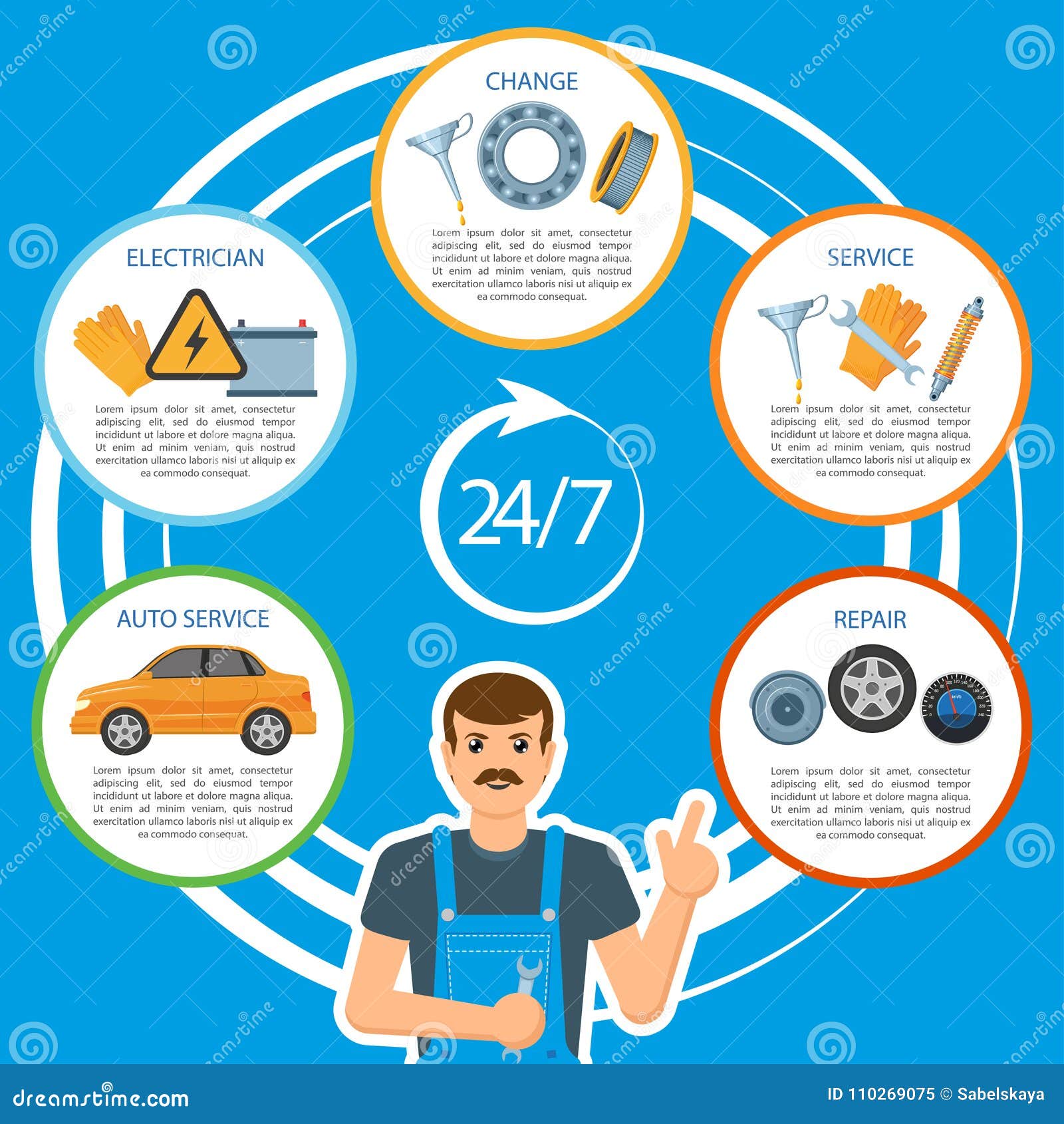Understanding The Significance Behind Your Vehicle'S Warning Lighting: An In-Depth Appearance
Understanding The Significance Behind Your Vehicle'S Warning Lighting: An In-Depth Appearance
Blog Article
Short Article Author-Higgins Alvarado
When you lag the wheel, those beautiful caution lights on your dashboard can be a little bit difficult. Do https://alexisojeys.onzeblog.com/29954126/open-the-capability-to-enhance-your-auto-s-search-in-under-an-hour-making-use-of-straightforward-suggestions-that-will-shock-you-your-quick-fix-for-automobile-describing-is-at-your-fingertips know what they're trying to tell you concerning your vehicle's health and wellness? Comprehending the importance of these lights is important for your safety and the durability of your vehicle. So, the following time among those lights turns up, would not you wish to decode its message properly and take the essential steps to resolve it?
Common Caution Lights and Interpretations
Determine common warning lights in your automobile and understand their meanings to guarantee secure driving.
https://www.globenewswire.com/en/news-release/2022/01/03/2360341/0/en/Automotive-Aftermarket-Size-to-Hit-US-950-1-Billion-by-2027.html of the most regular warning lights consist of the check engine light, which indicates problems with the engine or exhausts system. If https://deanqkfzu.get-blogging.com/30439608/wish-to-check-out-the-world-of-car-outlining-supplies-unveil-the-important-devices-and-specialist-suggestions-that-will-certainly-take-your-detailing-skills-to-the-following-level-as-a-novice comes on, it's essential to have your lorry inspected without delay.
The oil stress cautioning light suggests low oil pressure, calling for immediate attention to prevent engine damages.
A blinking battery light could recommend a defective charging system, possibly leaving you stranded otherwise dealt with.
The tire stress surveillance system (TPMS) light signals you to reduced tire pressure, influencing vehicle stability and gas performance. Neglecting this could result in hazardous driving conditions.
The abdominal light shows an issue with the anti-lock braking system, endangering your ability to stop rapidly in emergency situations.
Finally, the coolant temperature level advising light warns of engine overheating, which can lead to extreme damage if not settled quickly.
Recognizing these common caution lights will assist you attend to issues without delay and preserve safe driving conditions.
Relevance of Prompt Focus
Understanding the common warning lights in your car is just the very first step; the value of without delay dealing with these warnings can not be emphasized enough to guarantee your safety when traveling.
When a warning light illuminates on your dashboard, it's your vehicle's way of communicating a potential issue that requires focus. Neglecting these cautions can lead to extra severe issues down the road, compromising your safety and possibly costing you much more in repairs.
Trigger focus to warning lights can prevent malfunctions and crashes. As an example, a blinking check engine light might suggest a misfire that, if left neglected, might trigger damage to the catalytic converter. Addressing this promptly can conserve you from a pricey repair work.
Similarly, a brake system warning light may indicate reduced brake fluid or worn brake pads, important components for your safety when driving.
Do It Yourself Troubleshooting Tips
If you see a caution light on your dashboard, there are a couple of DIY troubleshooting pointers you can try prior to seeking expert help.
The very first step is to consult your automobile's handbook to understand what the particular warning light indicates. Sometimes the concern can be as simple as a loosened gas cap setting off the check engine light. Tightening the gas cap may solve the problem.
One more usual concern is a reduced battery, which can trigger different advising lights. Examining the battery links for deterioration and ensuring they're protected could repair the problem.
If a caution light continues, you can attempt resetting it by disconnecting the automobile's battery for a few minutes and after that reconnecting it. In addition, examining your automobile's fluid levels, such as oil, coolant, and brake liquid, can help repair cautioning lights connected to these systems.
Final thought
In conclusion, recognizing your cars and truck's warning lights is important for keeping your automobile running smoothly and safely. By without delay attending to these alerts and knowing what they suggest, you can prevent pricey repairs and possible breakdowns.
Remember to consult https://car-brakes61605.bloggerswise.com/36673422/vehicle-outlining-for-every-single-period-exactly-how-to-obtain-your-auto-prepared-year-round for certain details on each warning light and do something about it accordingly to make certain a trouble-free driving experience.
Keep informed, stay secure on the road!
